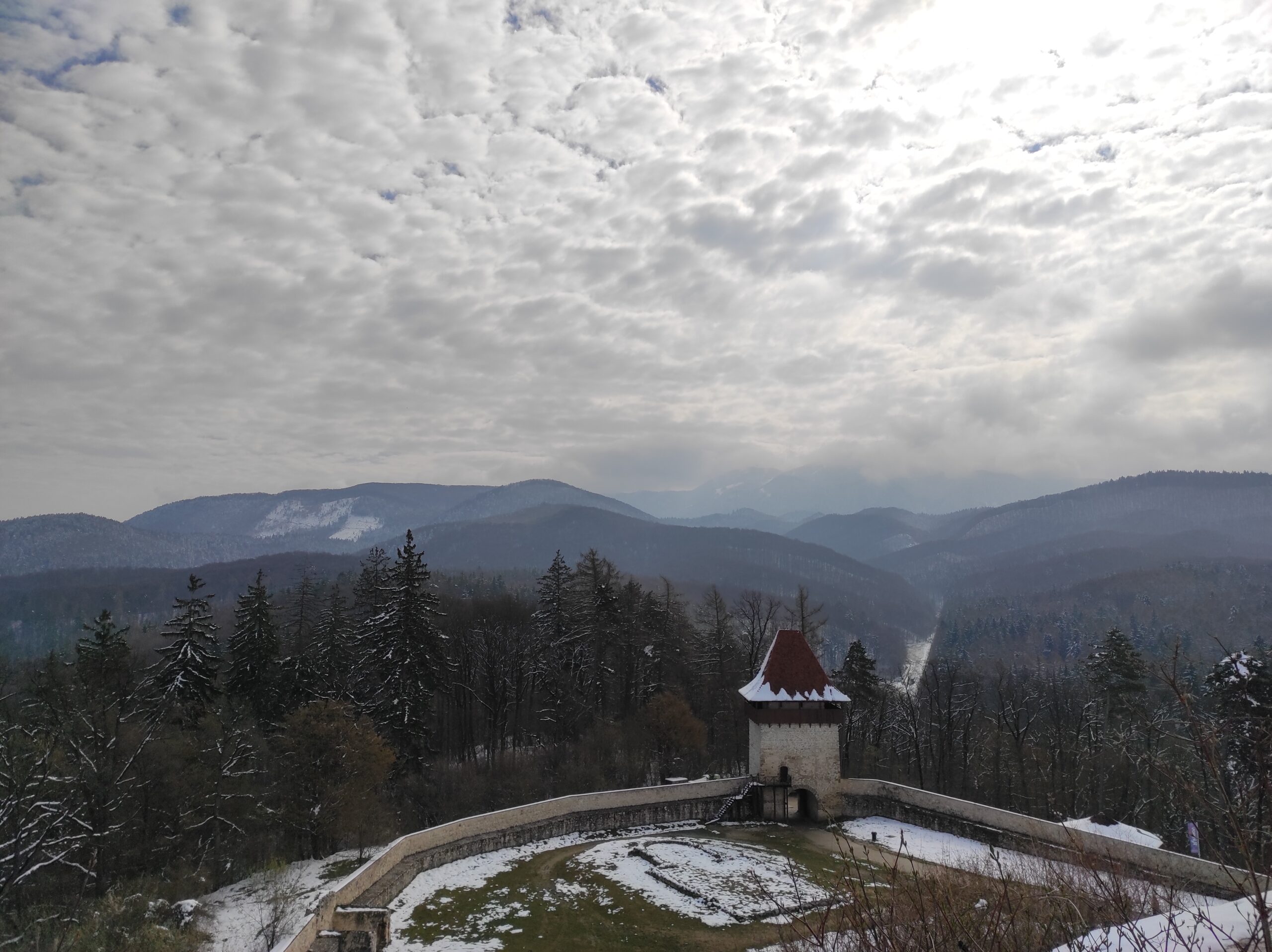More than a Border. Forests in the Early Modern Carpathians

Event: Research Group
Location: Zoom (ONLY)
4 March 2025, 11.00-13.00 (Bucharest time)
Dr. Kata TÓTH, University Assistant, Department for East European History, University of Vienna
Join Zoom Meeting
https://uni-jena-de.zoom-x.de/j/67235962697
Meeting-ID: 672 3596 2697
Passcode: 074592
Short Abstract
In historical studies on the so-called “Romanian lands”, the Southern and Eastern Carpathians are often portrayed as a border. However, before the 18th century, these mountains primarily separated pastures, meadows and forests, rather than distinct lands. This paper explores the economic significance of the Carpathian forests for the surrounding principalities (Moldavia, Transylvania, Wallachia) in the 16th and 17th centuries. Who used these resources? What measurements were taken to regulate their exploitation? The study shows that the Carpathians can be also seen as a historical region and an environmental unit rather than merely a border.
Short Bio
Kata Tóth studied history in Novi Sad, Pisa and Vienna (MA 2019). Currently, she is a university assistant at the Department of East European History at the University of Vienna. She defended her PhD thesis on the social, economic and environmental history of the Late Medieval and Early Modern Southern and Eastern Carpathians in February 2025. An introductory study on her research topic was published with the title “’Invisible Mountains? The Eastern and Southern Carpathians and their Environmental History (14th–17th Centuries)”, in: Environment and History 30 (2024), 1–23, DOI: 10.3828/whp.eh.63830915903578.
This event is organized within the research group Environmental Humanities hosted by New Europe College.